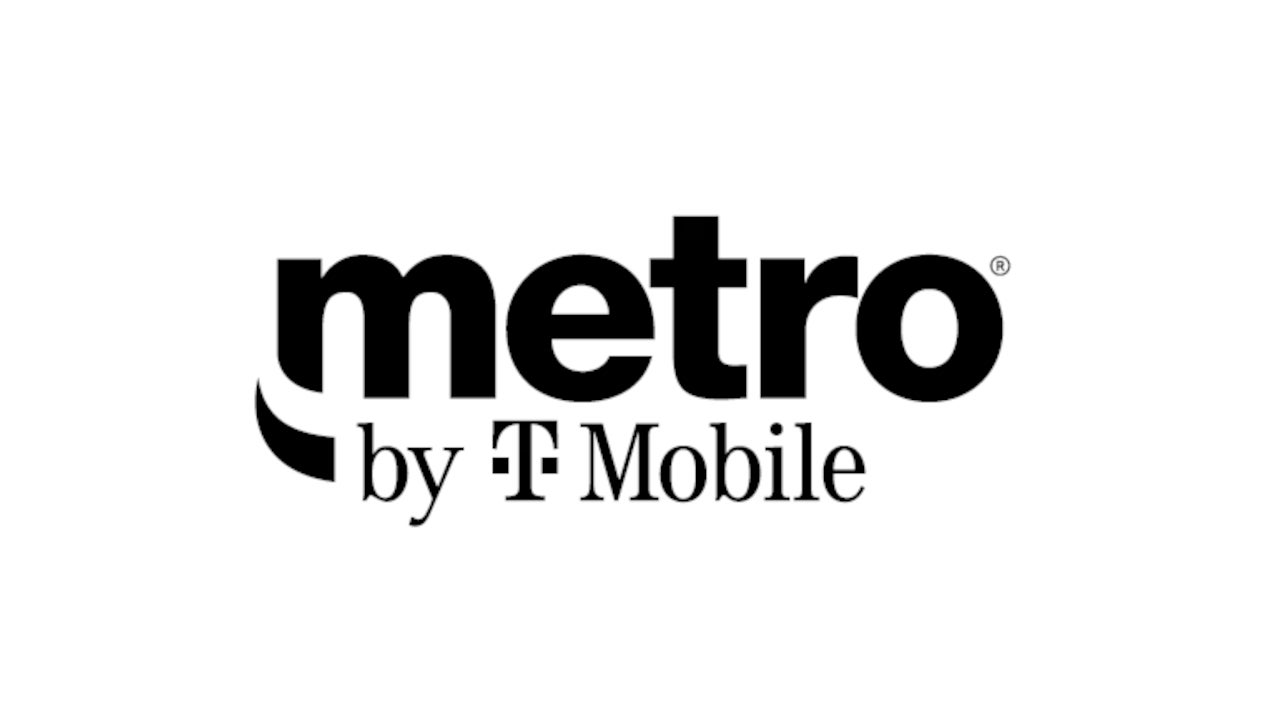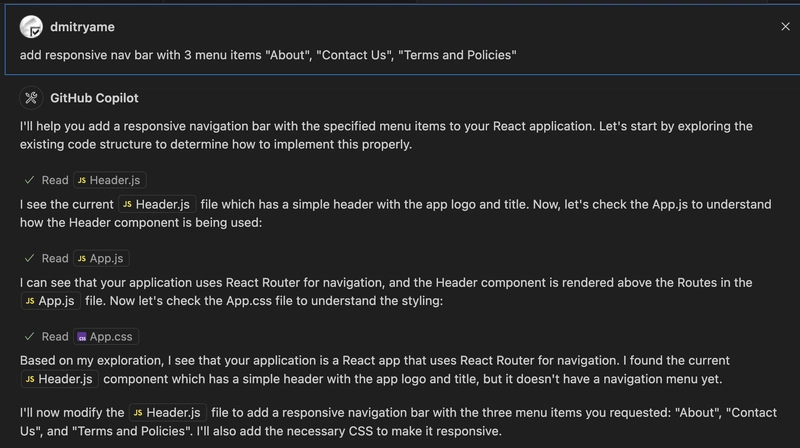Kotlin + gRPC: Tooling, CI/CD, and Architectural Practices
In the previous articles of this series, we explored how to build idiomatic gRPC APIs with Kotlin from schema design using Protobuf to leveraging streams, coroutines, and Kotlin DSL builders. Now it's time to look beyond the application code. In this article, we'll have a sneak peek on what it takes to prepare your gRPC service for production. This includes: Observability and traceability. Security and authentication. Testing tools and diagnostics. Best practices for repository structure. CI/CD automation. And how this fits into a DDD-oriented architecture. This fifth article is more of a bonus and a point of attention that you should focus on if you need to implement gRPC for a production environment. Each topic mentioned here is very broad, and it is up to you to delve into each of them as needed. Also, for this reason, I will not cover code changes for the content of this article specifically. Our focus is on scalability and maintainability. Let's explore how to structure your environment so your gRPC APIs thrive in the real world. Observability In REST APIs, it's common to use reverse proxies, access logs, or APM tools for insights. In the gRPC world, you need to be more intentional. Interceptors Interceptors allow you to intercept gRPC calls and inject cross-cutting concerns like logging, metrics, or authentication. They work similarly to middleware in web frameworks. class LoggingInterceptor : ServerInterceptor { override fun interceptCall( call: ServerCall, headers: Metadata, next: ServerCallHandler ): ServerCall.Listener { val method = call.methodDescriptor.fullMethodName println("[gRPC] Call to method: $method") return next.startCall(call, headers) } } You can also hook into libraries like micrometer to expose metrics (latency, counters, histograms) to your monitoring tool. Distributed tracing and OpenTelemetry With multiple services interacting via gRPC, tracing request flows is crucial. OpenTelemetry is the open standard for collecting traces, metrics, and logs. val tracer = GlobalOpenTelemetry.getTracer("note-service") val span = tracer.spanBuilder("createNote").startSpan() try { // request logic } finally { span.end() } Use OTLP exporters to send data to Jaeger, Zipkin, Grafana Tempo, NewRelic, DataDog etc. and visualize the full call path across services. If you don't have very complex tracing requirements, I recommend that you use the OpenTelemetry Java Agent instead of instrumenting through code. And if you need some tracing customization, you can use an OpenTelemetry Collector to process the data before sending it to your monitoring tool. By avoiding instrumentation through code, you end up with a simpler, more scalable, and less intrusive solution to observe what's happening with your application. Security: encryption and authentication By default, gRPC does not enforce TLS or authentication. You must explicitly configure it. TLS: encrypting transport gRPC uses HTTP/2 under the hood, which supports TLS natively. In production, you can use managed certificates (e.g., via ingress or cert-manager). For local development, you can configure it manually: val creds = TlsServerCredentials.create(certChain, privateKey) val server = Grpc.newServerBuilderForPort(443, creds) .addService(NoteServiceImpl()) .build() Authentication: via metadata headers gRPC supports custom headers via Metadata. The common pattern is to pass a token (e.g., JWT) through the Authorization header. class AuthInterceptor : ServerInterceptor { override fun interceptCall(...): ServerCall.Listener { val token = headers.get(Metadata.Key.of("Authorization", Metadata.ASCII_STRING_MARSHALLER)) if (!validateToken(token)) { call.close(Status.UNAUTHENTICATED.withDescription("Invalid token"), headers) return object : ServerCall.Listener() {} } return next.startCall(call, headers) } } In the interceptor, validate the token, extract claims, and inject user context for downstream logic. Repository Structure: where do .proto files go? In systems with multiple services, .proto file sharing becomes a real concern. You typically choose between two options: Monorepo (app + proto together) Everything in one place; simple for small teams. Easy co-evolution of contracts and services. Harder to share across languages or services. Dedicated proto repository Store .proto files separately with versions and changelogs. Services import generated artifacts or raw definitions. Publish as binary artifacts (e.g., JAR, NPM package). This second pattern usually promotes decoupling, better versioning, and clean reuse across the organization. Tools for testing gRPC APIs Testing gRPC locally doesn't have to be difficult. These tools make it straightforward:

In the previous articles of this series, we explored how to build idiomatic gRPC APIs with Kotlin from schema design using Protobuf to leveraging streams, coroutines, and Kotlin DSL builders. Now it's time to look beyond the application code.
In this article, we'll have a sneak peek on what it takes to prepare your gRPC service for production. This includes:
- Observability and traceability.
- Security and authentication.
- Testing tools and diagnostics.
- Best practices for repository structure.
- CI/CD automation.
- And how this fits into a DDD-oriented architecture.
This fifth article is more of a bonus and a point of attention that you should focus on if you need to implement gRPC for a production environment. Each topic mentioned here is very broad, and it is up to you to delve into each of them as needed. Also, for this reason, I will not cover code changes for the content of this article specifically.
Our focus is on scalability and maintainability. Let's explore how to structure your environment so your gRPC APIs thrive in the real world.
Observability
In REST APIs, it's common to use reverse proxies, access logs, or APM tools for insights. In the gRPC world, you need to be more intentional.
Interceptors
Interceptors allow you to intercept gRPC calls and inject cross-cutting concerns like logging, metrics, or authentication. They work similarly to middleware in web frameworks.
class LoggingInterceptor : ServerInterceptor {
override fun <ReqT, RespT> interceptCall(
call: ServerCall<ReqT, RespT>, headers: Metadata,
next: ServerCallHandler<ReqT, RespT>
): ServerCall.Listener<ReqT> {
val method = call.methodDescriptor.fullMethodName
println("[gRPC] Call to method: $method")
return next.startCall(call, headers)
}
}
You can also hook into libraries like micrometer to expose metrics (latency, counters, histograms) to your monitoring tool.
Distributed tracing and OpenTelemetry
With multiple services interacting via gRPC, tracing request flows is crucial. OpenTelemetry is the open standard for collecting traces, metrics, and logs.
val tracer = GlobalOpenTelemetry.getTracer("note-service")
val span = tracer.spanBuilder("createNote").startSpan()
try {
// request logic
} finally {
span.end()
}
Use OTLP exporters to send data to Jaeger, Zipkin, Grafana Tempo, NewRelic, DataDog etc. and visualize the full call path across services.
If you don't have very complex tracing requirements, I recommend that you use the OpenTelemetry Java Agent instead of instrumenting through code. And if you need some tracing customization, you can use an OpenTelemetry Collector to process the data before sending it to your monitoring tool. By avoiding instrumentation through code, you end up with a simpler, more scalable, and less intrusive solution to observe what's happening with your application.
Security: encryption and authentication
By default, gRPC does not enforce TLS or authentication. You must explicitly configure it.
TLS: encrypting transport
gRPC uses HTTP/2 under the hood, which supports TLS natively. In production, you can use managed certificates (e.g., via ingress or cert-manager). For local development, you can configure it manually:
val creds = TlsServerCredentials.create(certChain, privateKey)
val server = Grpc.newServerBuilderForPort(443, creds)
.addService(NoteServiceImpl())
.build()
Authentication: via metadata headers
gRPC supports custom headers via Metadata. The common pattern is to pass a token (e.g., JWT) through the Authorization header.
class AuthInterceptor : ServerInterceptor {
override fun <ReqT, RespT> interceptCall(...): ServerCall.Listener<ReqT> {
val token = headers.get(Metadata.Key.of("Authorization", Metadata.ASCII_STRING_MARSHALLER))
if (!validateToken(token)) {
call.close(Status.UNAUTHENTICATED.withDescription("Invalid token"), headers)
return object : ServerCall.Listener<ReqT>() {}
}
return next.startCall(call, headers)
}
}
In the interceptor, validate the token, extract claims, and inject user context for downstream logic.
Repository Structure: where do .proto files go?
In systems with multiple services, .proto file sharing becomes a real concern. You typically choose between two options:
Monorepo (app + proto together)
- Everything in one place; simple for small teams.
- Easy co-evolution of contracts and services.
- Harder to share across languages or services.
Dedicated proto repository
- Store
.protofiles separately with versions and changelogs. - Services import generated artifacts or raw definitions.
- Publish as binary artifacts (e.g., JAR, NPM package).
This second pattern usually promotes decoupling, better versioning, and clean reuse across the organization.
Tools for testing gRPC APIs
Testing gRPC locally doesn't have to be difficult. These tools make it straightforward:
grpcurl
Think of it as curl for gRPC. Make calls from the command line:
grpcurl -plaintext -d '{"title":"Hello"}' localhost:50051 com.fugisawa.NoteService/CreateNote
Postman
Postman now supports gRPC. You can import your .proto files or use server introspection, and test methods via a graphical interface.
CI/CD: artifact generation and compatibility guarantees
You should automate the generation and publication of your Protobuf contracts.
Build + publish
In your CI pipeline, generate and publish a reusable artifact:
./gradlew generateProto build publish
This artifact can be published to Maven, GitHub Packages, or Artifactory and consumed by other services.
Compatibility checks
buf is a powerful tool that checks for breaking changes in your .proto definitions:
buf breaking --against ./previous-version
Run this in CI to prevent merges that would break existing consumers.
Domain models and Protobuf: avoiding contract leakage
The types generated by Protobuf (like Note) are transport-level DTOs. They should not be used as your domain model.
Separate domain from transport
Design rich domain types with business semantics:
data class Note(val id: NoteId, val title: Title, val content: Content)
Then map between transport and domain:
fun Note.toProto(): NoteProto = note {
id = this@toProto.id.value
title = this@toProto.title.value
content = this@toProto.content.value
}
This keeps your domain clean, testable, decoupled and independent of gRPC or any other transport layer.
Final thoughts
In this article, we explored:
- How to add observability with interceptors and tracing.
- How to secure gRPC with TLS and token-based authentication.
- How to test APIs with
grpcurland Postman. - How to structure your repositories and CI/CD pipelines.
- How to keep your domain model decoupled from your transport layer.
These practices are essential for building resilient, maintainable, and scalable gRPC APIs in real-world environments.
This is the last article in the Kotlin + gRPC series. If you want to talk and exchange experiences on this subject, contact me, and I will be happy to talk.
To explore more about Kotlin-related topics, subscribe to my newsletter at https://fugisawa.com/ and stay tuned for more insights and updates.









































































































































































![[The AI Show Episode 146]: Rise of “AI-First” Companies, AI Job Disruption, GPT-4o Update Gets Rolled Back, How Big Consulting Firms Use AI, and Meta AI App](https://www.marketingaiinstitute.com/hubfs/ep%20146%20cover.png)

























































































































![[DEALS] The Premium Python Programming PCEP Certification Prep Bundle (67% off) & Other Deals Up To 98% Off – Offers End Soon!](https://www.javacodegeeks.com/wp-content/uploads/2012/12/jcg-logo.jpg)















































































































































_Aleksey_Funtap_Alamy.jpg?width=1280&auto=webp&quality=80&disable=upscale#)
_Sergey_Tarasov_Alamy.jpg?width=1280&auto=webp&quality=80&disable=upscale#)













































































































![Apple Foldable iPhone to Feature New Display Tech, 19% Thinner Panel [Rumor]](https://www.iclarified.com/images/news/97271/97271/97271-640.jpg)
![Apple Developing New Chips for Smart Glasses, Macs, AI Servers [Report]](https://www.iclarified.com/images/news/97269/97269/97269-640.jpg)
![Apple Shares New Mother's Day Ad: 'A Gift for Mom' [Video]](https://www.iclarified.com/images/news/97267/97267/97267-640.jpg)
![Apple Shares Official Trailer for 'Stick' Starring Owen Wilson [Video]](https://www.iclarified.com/images/news/97264/97264/97264-640.jpg)







































































































